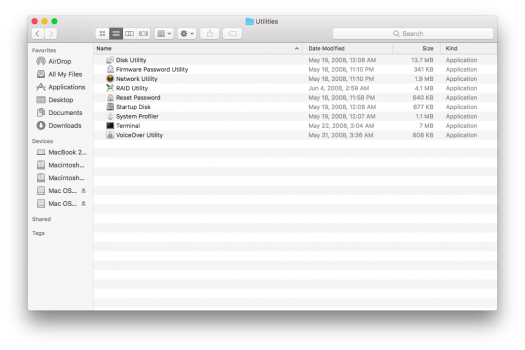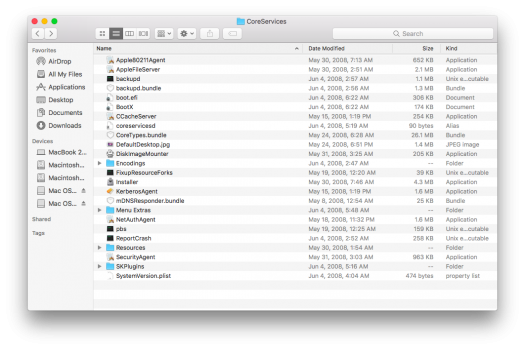Snow Leopard was Apple’s project of heavily refining OS X under the bonnet and cutting down on kernel-level kludges which arose when Apple began to support both PowerPC and Intel architectures from Tiger 10.4.3 forward. Initially, Apple team developers began work on Darwin kernel 10.0.0 (Snow Leopard) with Universal support for both PowerPC and Intel architecture. Mid-stream in that development en route to the retail release, Apple announced officially they would drop support for PowerPC architecture.
(Separately, a small team at Apple, from several available sources at the time, may have maintained a Universal binary fork for development internally as a fallback contingency, with internal nightly builds beyond what was made available to Apple Developer Connection members).
Those of us who’ve been working with the Snow Leopard builds which run on PowerPC architecture have observed some of these refinements even in the alpha builds to which we have access.
As to why I choose to work on this project? Snow Leopard was, far and away, the most stable major version of OS X/macOS I’ve ever worked with (and others have said similarly, sometimes noting how OS X Mavericks came pretty close). It was the last major version of OS X before a move to monetize services within the OS, to side-port iOS UI-related functions back into OS X, to move services toward a cloud-based model (with related phoning-home routines hard-baked into the OS), and the last major version before the cumbersome partition system which came to the fore with OS X Lion and Apple’s abandonment of distributing the OS with optical media.
As to why I don’t just use 10.5.8 Leopard and be done with it?
Two of my PowerPC Macs actually
do run 10.5.8 because that’s how I set them up to run before this community project started. Out of box, 10.5.8 consumes significantly more drive space (some of which can be alleviated via user-discovered routines like
removing the significant disk waste of the Designable.nib files).
Separately, the UI for Finder in 10.5.8 is both “looser” and of lower contrast than even the version being worked on with the earliest ADP build of Snow Leopard, Build 10A96 (notable, in that 10A96 still featured a Carbon code base, which wouldn’t get replaced with a Cocoa code base until a bit later in Snow Leopard’s development).
Finally, after using Build 10A96 with one PowerBook alongside 10.5.8 on another complementary PowerBook of the same specs, I can’t say 10.5.8 is any more stable than what’s found with Build 10A96 — which is sort of a testament of that refinement which underwrote Apple’s purpose of developing Snow Leopard in the first place. Some of those refinements for the retail release of Snow Leopard actually do appear quietly in Leopard, post-10.5.6, and this project has back-ported several of those refinements into Builds 10A96 and 10A190 and yielding positive results.
I hope this helps to answer your question.



